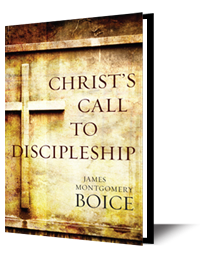
The twenty-third psalm is the most beloved of the 150 psalms in the psalter, and possibly the best loved (and best known) chapter in the entire Bible. The great Baptist preacher Charles Haddon Spurgeon called it "the pearl of psalms."1 J. J. Stewart Perowne, the nineteenth century preacher and commentator, observed that "there is no psalm in which the absence of all doubt, misgiving, fear and anxiety is so remarkable."2 Alexander Maclaren said that "the world could spare many a large book better than this sunny little psalm. It has dried many tears and supplied the mold into which many hearts have poured their peaceful faith."3

The turning point (vv. 19-21). As I suggested at the beginning of this study, the climax of the first part of Psalm 22 and the turning point between part one and part two comes in this section as the suffering one finds his communion with God restored.

Yesterday we pointed out that there are six stanzas within the first part of Psalm 22, and looked at the first two stanzas. Today we consider the next three, and will then describe the last one on Friday.

There is a turning point in this psalm at the end of verse 21. Charles Haddon Spurgeon tells of a book by a man named J. Stevenson, called Christ on the Cross. It was a study of this psalm and had a sermon for every verse, thirty-one in all. Because of the turning point at the end of verse 21, I will be content with only two studies, one on each of the psalm's two parts.

As Jesus was being led through the streets of Jerusalem to the place of his crucifixion, what was he thinking of? He seems to have been thinking of other people. When Jesus saw the women weeping after him he said, "Do not weep for me; weep for yourselves and for your children,” and he prophesied the terrible days to come (Luke 23:28-31). When the soldiers drove the nails through his hands and feet to affix him to the rough wooden cross he prayed, "Father, forgive them, for they do not know what they are doing" (Luke 23:34).


















